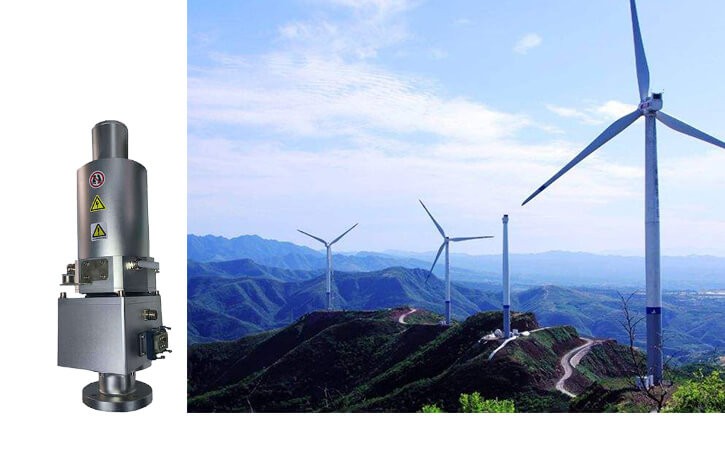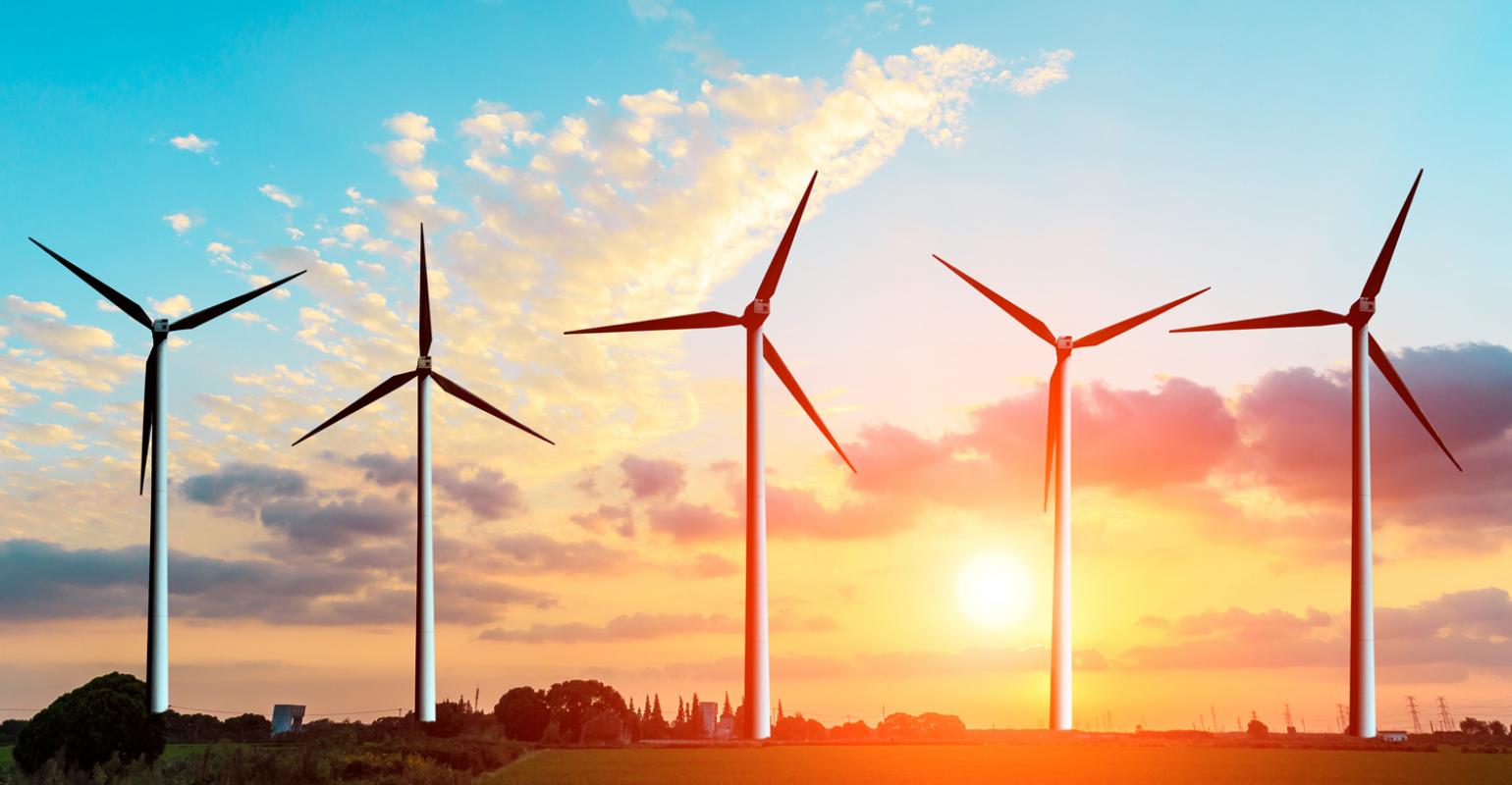Slip rings are critical parts of any wind turbine generator or system. They are designed to convert power and data signals between the stationary nacelles and the rotating control system metal blades. This is the role of all slip rings, which are electromechanical devices that transmit power and data signals from stationary carbon graphite brushes to rotating metal rings. However, slip rings come in various models and specifications intended to suit installation in the appropriate equipment and use in given operating conditions. As electromechanical devices, slip rings are subject to gradual degradation and ultimate breakdown, especially in wind turbines where they face harsher operating conditions. However, there are various things you can do to extend slip ring life in wind turbines, ranging from annual maintenance to installing quality components. Here are a few insights to help you maximize your wind turbine slip ring life.
Inspect the Slip Ring Visually

It is recommended to check your wind turbine slip rings and brushes regularly for any wear and tear or electrical damage. If you want to catch potential damages before they happen, do not wait until there is actual damage to perform an inspection. Instead, use predictive analytic platforms that are readily available for extracting and monitoring data about turbine performance, expected production, and component fatigue. These trending analysis platforms have become popular in the wind industry and can help you track the performance and progress of your slip rings. With such information, you can identify components that require replacement to avoid significant damage to the whole component. Annual visual checks are also highly recommended to identify maintenance issues such as worn-out brushes.
Remove Dust from Your System
Dust accumulation is inevitable in wind turbine slip rings and is one of the elements you will have to deal with if you intend to extend the life of your slip rings. There will be no transmission of power or data if your slip rings have dust accumulation, but this is only when there is too much dirt. The more dust you let on the device, the weaker it performs. As such, you should remove dust from your wind turbine slip rings to ensure they perform in top form. You can use a compressed air vacuum system, which is perfect for cleaning dust in such electromechanical devices. It is recommendable to request dust removal during every annual maintenance service if you want to cut back costs. You can also use any small vacuum system to clean the dust accumulation.
Leakages and Other Dirt
Water and oil leakages can contaminate the slip ring resulting in premature malfunctioning. As such, it is essential to thoroughly clean the device during the annual visits and inspect for any leakages. Excessive moisture and other dirt, such as sand, grit, and grime caused by humidity settling on soft dust particles, can also compromise the functionality of wind turbine slip rings. It is, therefore, important to evaluate the destructive elements, depending on the turbine’s position, and find ways to eliminate leakage, dust, and other forms of dirt from your system. Manufacturers offer various cleaning tools, including special brushes for removing dust, sand, and leaked oil. Proper component cleaning is one of the most effective ways of improving the overall longevity of the device.
Replace Worn-Out Brushes
Wind turbine slip ring brushes make contact with the metal rings and are responsible for the power or data transmission between the stationary and rotating interfaces. However, the mechanical process results in natural wear and degradation of the brushes. Although manufacturers may use various plating technologies that involve precious metals such as gold, the components eventually wear out. When this happens, it is essential to replace the worn-out brushes, since they cannot make sufficient contact required for optimum conductivity. If you do not replace worn-out contacts in time, you may suffer costly machine downtime and the system may also incur other damages to low operation and performance. As such, you should always inspect the brushes during annual visits and whenever you experience machine downtime.
Use Quality Components
When replacing your brushes or installing new wind turbine slip rings, it is crucial to choose premium quality components. Some of the trustworthy brands providing slip rings include Senring, Moflon, Rotarx, and JINPAT, although there are several more. You should review your specifications and find the ideal components for the application. For instance, advanced fiber brush designs can last an average of 200 million revolutions, or ten years depending on how long the turbine operates and its operating speed. Some wind turbine slip rings also feature built-in lubrication, which extends the life of the device while reducing maintenance requirements to only a few minutes. Other models allow you to replace only the worn-out part instead of the entire block. As such, it is essential to choose genuine quality from the start to ensure your device lasts longer.
Ensure Regular Maintenance and Checks
Extending the life of a wind turbine slip ring is all about eliminating the damaged elements and catching faults before the actual breakdown. Regular maintenance can help you replace worn-out parts while the system is still in good condition, allowing you to prevent costly downtime and repairs. It also aids in cleaning and inspecting the performance of the device. The merits of maintenance in any mechanical system are straightforward. If you have regular maintenance measures in place, you can ensure the system is always running as intended and determine the causes of any drop in performance. For wind turbines, you should schedule annual maintenance at least once or more, depending on the position of your turbines.
Conclusion
There are several other minor things you can do to extend slip ring life in wind turbines. This includes manual lubrication, housing advancements, and using special plating to reinforce surface contacts. Since slip rings naturally wear out, you should ensure the wind turbines run as intended for optimum functionality. If the system operation isn’t optimized, the individual parts, including the slip rings, will be strained and susceptible to premature breakdown. It is also crucial to choose the proper materials and specifications for your turbine.
See What We Can Do

